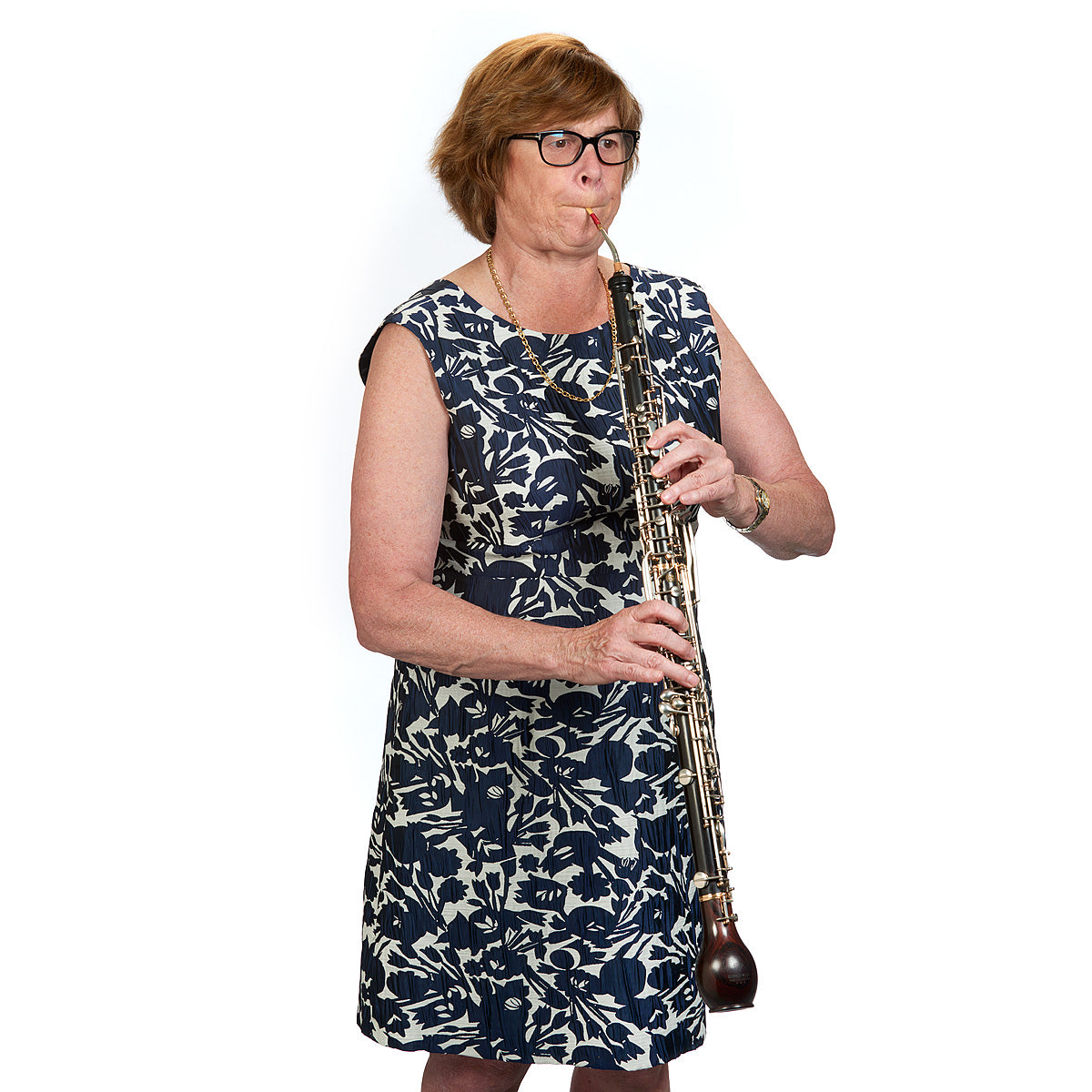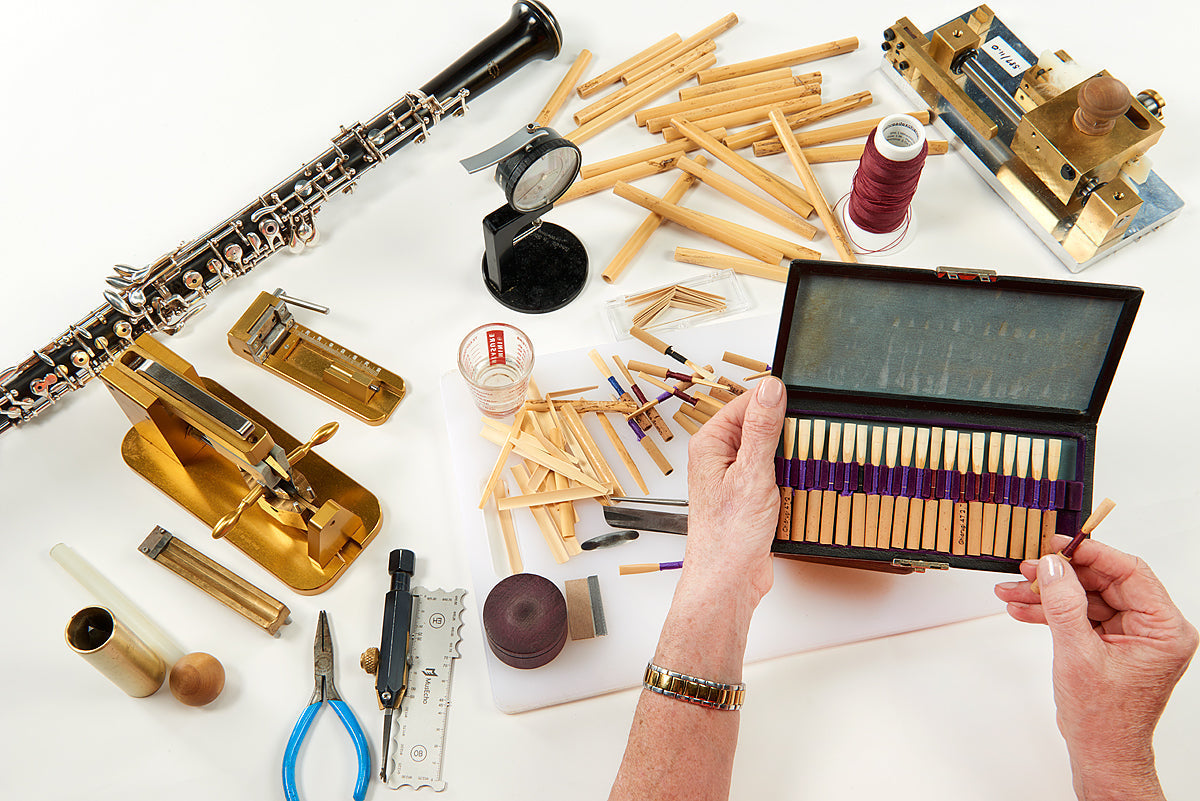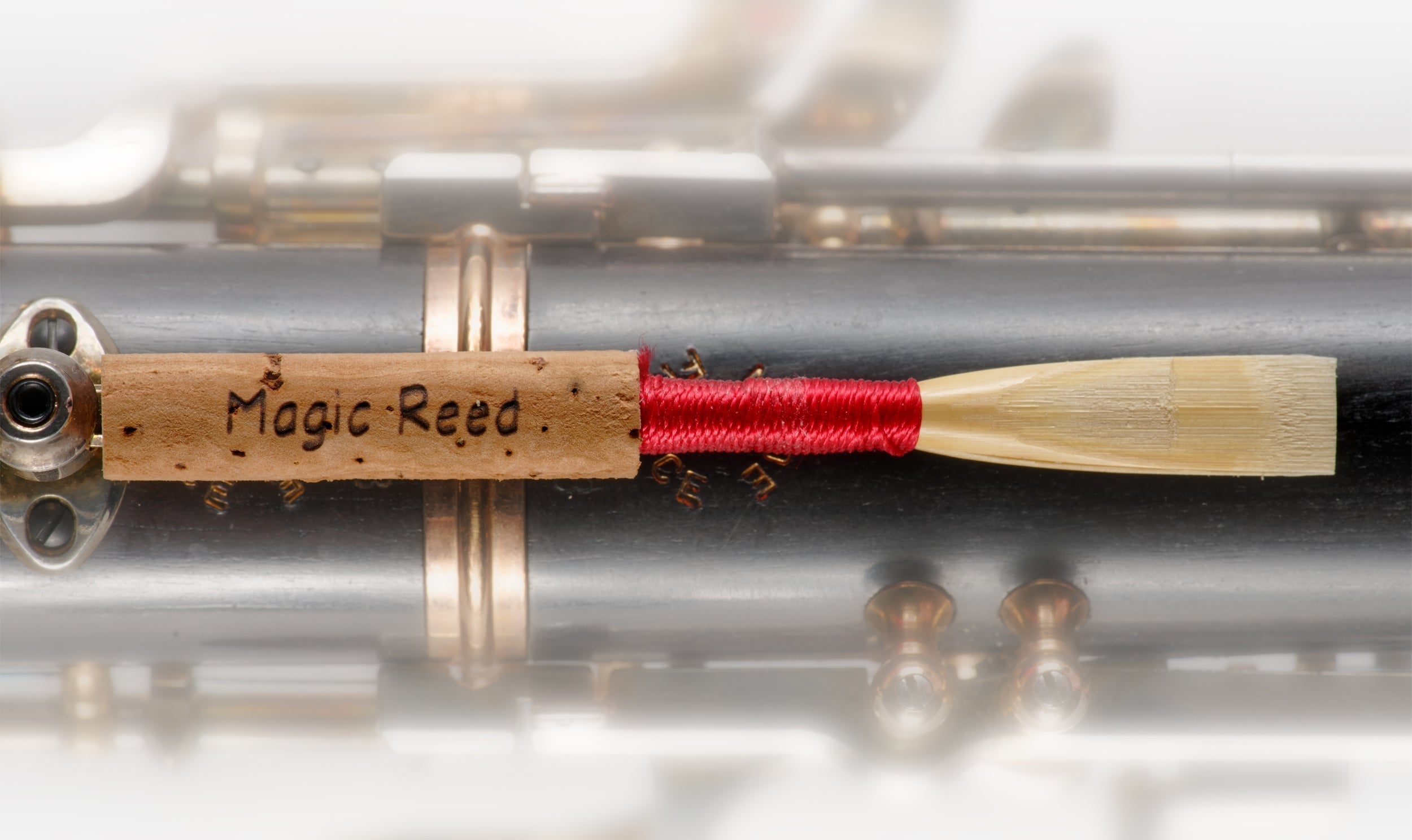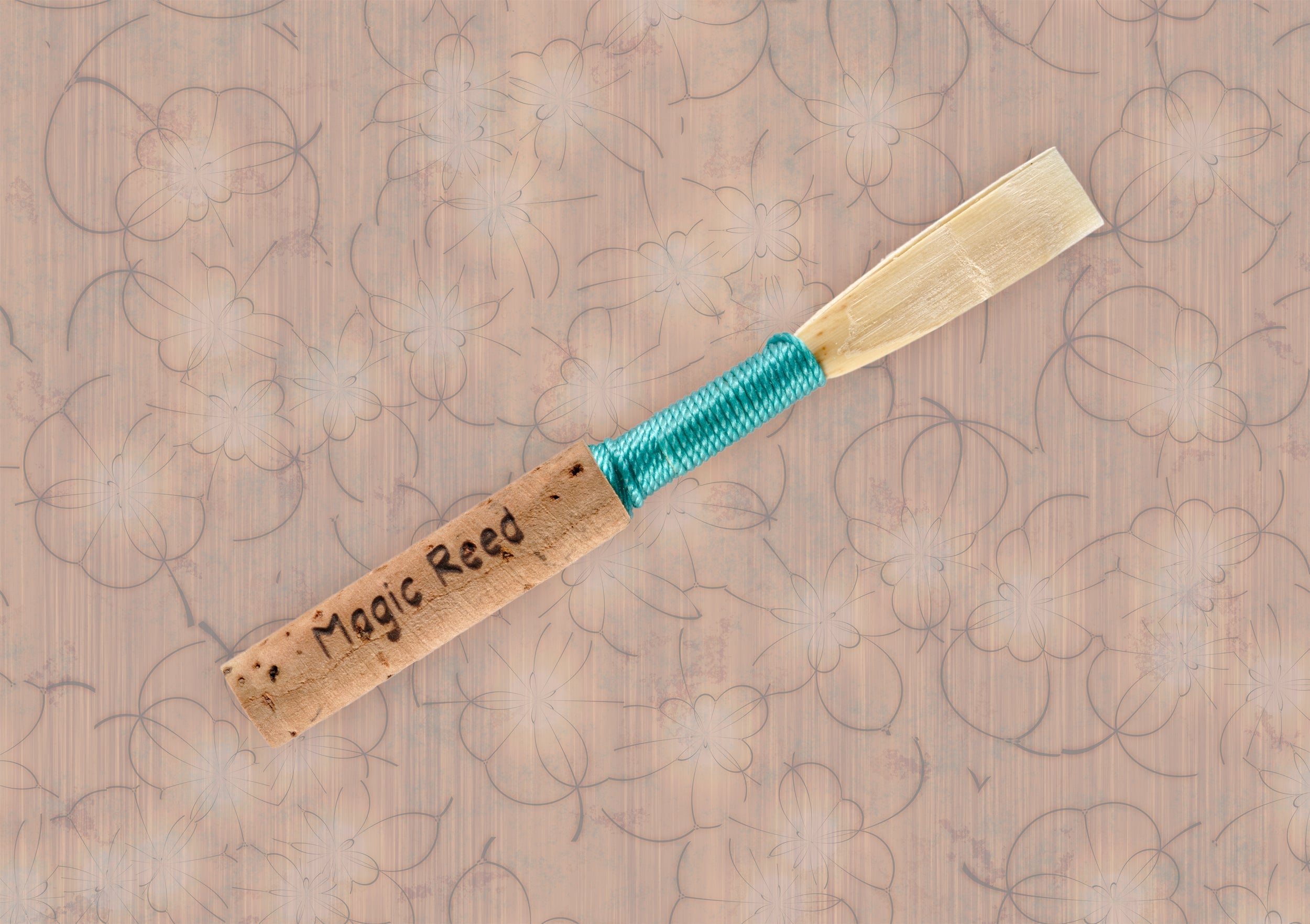
Learn About The English Horn
-

-
 by Kathy Sheinhouse
by Kathy Sheinhouse
The English horn, also known as the cor anglais, is a double-reed woodwind instrument that is closely related to the oboe. However, there are several key differences that set the English horn apart.
How is the English horn different than the oboe?
One of the main differences between the English horn and the oboe is the size and shape of the instrument. The English horn is larger than the oboe and has a pear-shaped bell at the bottom. This gives the English horn a lower, richer sound compared to the brighter sound of the oboe. The English horn is played in the key of F and the oboe is played in the key of C.
Is the fingering different on the English horn compared to the oboe?
While the English horn and oboe share some similarities in fingering, there are differences due to the size and shape of the instruments. The English horn has a slightly different key system than the oboe and the system requires players to adjust their fingers with larger spacing between them.
The written note is played with the same fingering as if played on an oboe, but sounds a fourth interval lower. The composer writes the composition with this in mind. This consistency in fingerings makes the transition from oboe to English horn routine for most players.
What kind of reed is used for the English horn?
The English horn uses a wider and thicker reed than the oboe, which contributes to its deeper tone. While the cane used is longer, the staple is shorter (27 mm vs 47 mm) and the finished reed for the English horn is shorter (55-57 mm in length compared to @ 70 mm for the oboe). While the American scrape has many similarities with the oboe, the dimensions of the parts are different. Typically, the tips and the hearts are relatively longer for the English horn. There are also subtle differences in the two embouchures. Like with oboe, the scrape of the reed and its strength needs to be compatible with one's personal embouchure/set-up to achieve best results. The reed is played on a bocal which is inserted into the well of the instrument. Players should never use an oboe reed either directly into an English horn or a bocal as it will not work.
Summary
Overall, the English horn is a unique and versatile instrument that adds depth and richness when included in orchestral music scores. Its distinct sound and characteristics also make it a valuable addition to smaller ensembles. There is a beautiful solo repertoire written for it, but it is not as expansive as that which has been written for oboe.











